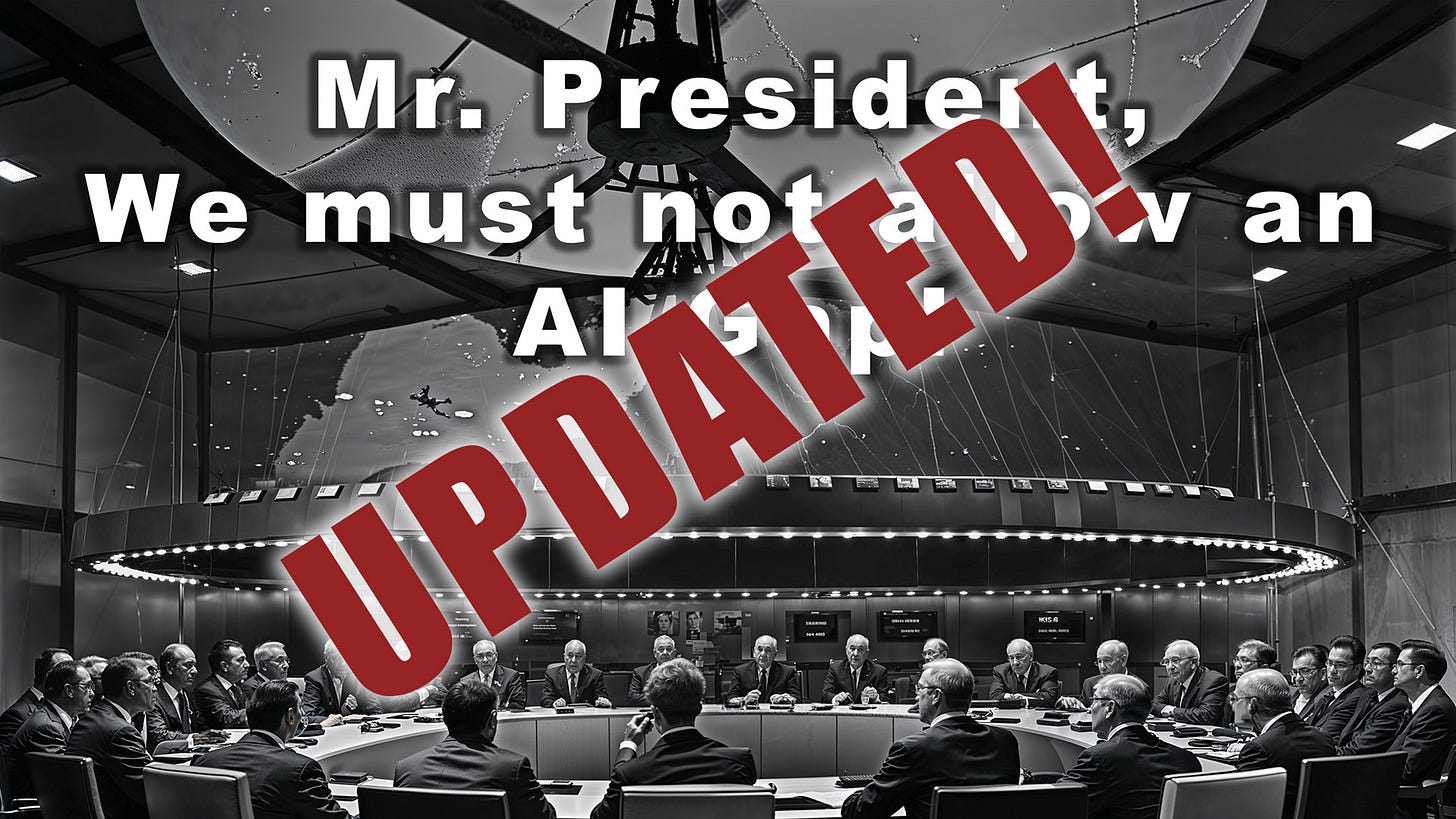UPDATE: Why Trump’s 'AI Action Plan' Executive Order Misses the Mark
Brookings Weighs In on the Trump Administration’s AI Action Plan, and It’s Not Just About Creatives
This article is a follow-up to our recent editorial, “Why Trump’s 'AI Action Plan' Executive Order Misses the Mark.” In that piece, we focused on the impact on the creative community: photographers, writers, musicians, and other artists whose work is already fueling AI systems, often without permission or compensation.
But the AI Action Plan isn’t just a creative industry issue. The way it’s written and implemented will affect many facets of society, from national security and the economy to education, environmental policy, and personal privacy.
Even if the details of AI regulation seem dull or overly technical, this is one of those policies that will likely touch everyone in the U.S., if not much of the world.
That’s why the Brookings Institution’s recent analysis caught our attention. Their findings reinforce much of what we’ve said, while adding important detail and a broader lens on what’s at stake.
Before you conclude we’ve gone all political on you, while we strongly feel policy matters like this deserve attention, don’t worry, we’ll be back to the hands-on side of AI in photography later this week!
What Is the Brookings Institution?
Brookings is a non-profit, Washington, D.C.–based think tank that conducts research and analysis on public policy. While non-partisan, it is generally considered slightly left of center politically, but its work is widely regarded as factual, well-sourced, and grounded in substantive scholarship. In other words, you may not always agree with its conclusions, but its data and reasoning are worth serious attention.
What Brookings Sees as Positive
While Brookings shares many of our concerns, they do note some potential strengths in the AI Action Plan:
AI Evaluations Ecosystem: The plan’s call for centralized “AI testbeds” and regular collaboration between federal agencies and researchers could improve how AI systems are evaluated before large-scale deployment.
Infrastructure Investment: By expanding AI-related infrastructure, the U.S. could improve competitiveness in areas like defense, healthcare, and manufacturing, if paired with proper safeguards.
Where the Plan Falls Short
Brookings’ analysis makes clear that the same fundamental gaps we flagged are indeed there, and just as serious as we thought:
No Protections for Creators: There is still no mention of copyright, licensing, or consent for the use of creative works in training datasets. Artists, authors, and musicians remain invisible in the policy.
Big Tech Dominance: Without competition and antitrust measures, the plan risks cementing control in the hands of a few tech giants, narrowing the field of innovation.
Overlooking Higher Education: Brookings points out that the plan does little to address the decline in academic research funding or the immigration hurdles that restrict global AI talent from contributing to U.S. projects.
Environmental Concerns Ignored: The plan not only fails to address the massive energy and water usage of AI data centers, but actually proposes rolling back environmental protections and fast-tracking construction on federal lands. The environmental footprint of large-scale AI training isn’t a side issue, it’s central to sustainability.
Why This Matters Beyond Creatives
As we’ve said before, we believe in AI’s potential and in the importance of U.S. leadership in this space. But leadership without foresight is not strength, it’s recklessness.
The Brookings analysis underlines what’s missing: a strategy that balances innovation with fairness, environmental responsibility, and the protection of those whose work makes AI possible in the first place.
If implemented as is, the AI Action Plan won’t just shape tech policy, it could influence the structure of the economy, the cultural landscape, environmental policy, and personal freedoms for decades to come.
Where That Leaves Us
Brookings confirms that some ideas in the plan are worth exploring. But the gaps are too big to ignore. Whether you’re an artist, a policymaker, a tech worker, or simply a citizen who cares about the rules shaping our future, this conversation is one worth following closely.
And as always, we’ll keep watching (so you don’t have to), analyzing, and calling out what matters, especially when it affects the creative community.
Thank you for reading!
-Jo Ann and George Aiello
Additional Reading:
Brookings Institution Commentary:
What to make of the Trump administration’s AI Action Plan
Our original editorial:
Why Trump’s 'AI Action Plan' Executive Order Misses the Mark.


